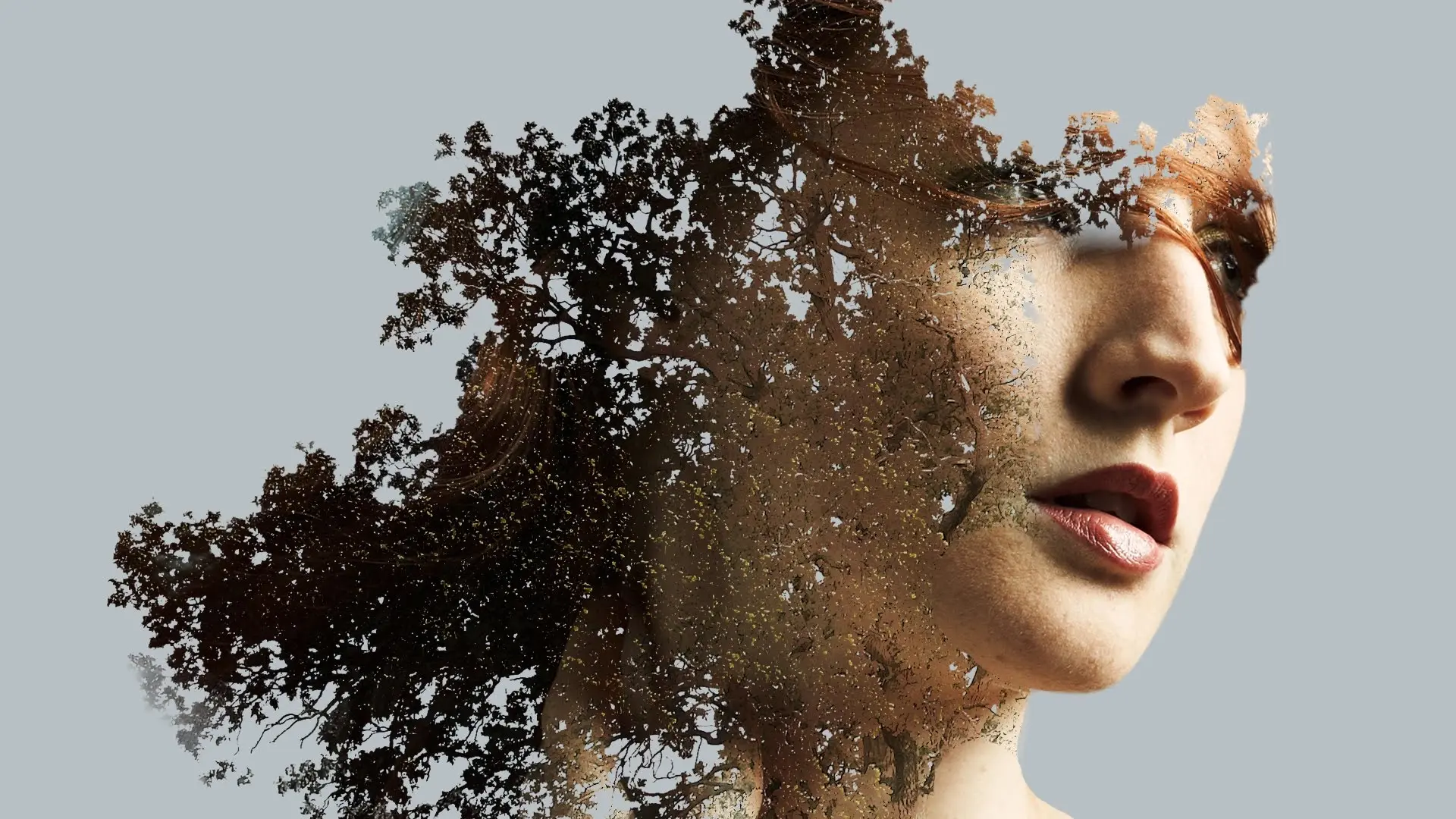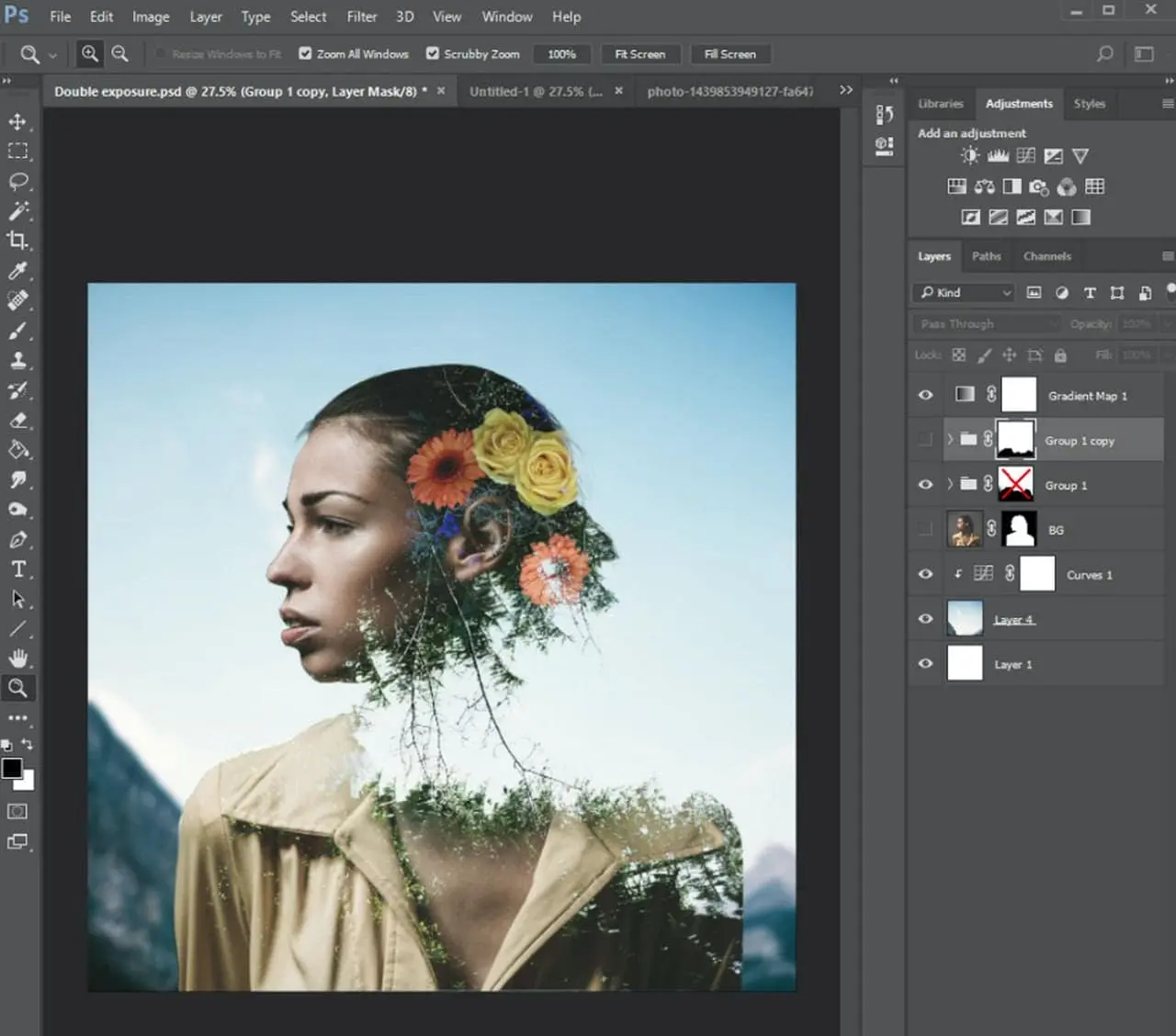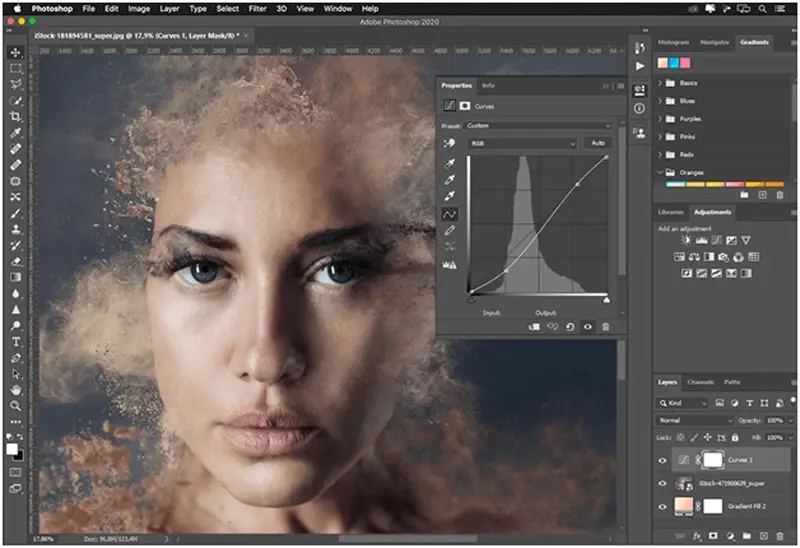Photography and Adobe Photoshop: A Symbiotic Relationship
- General
Photography and Adobe Photoshop: A Symbiotic Relationship
Contact us
Bengaluru
Campus 1 : JD School of Design, No. 18-1, Brigade Road, Bengaluru,Karnataka – 560 001.
Campus 2 : No. 40, Swan House, 4th Cross, Residency Road, Bengaluru, Karnataka – 560001.
Goa
Musthtifund Saunstha , Near Mahalaxmi Temple,Dada Vaidya Road, Goa-403001
Digital photography has revolutionized the art of capturing and manipulating light. Adobe Photoshop, a ubiquitous image editing software, has become an integral part of the photographic workflow. This article explores the intricate relationship between photography and Photoshop, examining how the software has impacted the creative process, ethical considerations, and the very definition of photography itself.
Photography and Adobe Photoshop
Photography, since its inception, has been a damned medium. Hailed as a window onto reality, it has also been criticized for its inherent subjectivity. Technological advancements have always been at the heart of the photographic journey, from the daguerreotype plates of the 1830s to the digital sensors of today. The invention of the digital camera ushered in a new era, allowing photographers unprecedented control over capturing and manipulating light. However, the digital darkroom, dominated by software like Adobe Photoshop, has fundamentally altered the way photographs are created and presented. This article delves into the symbiotic relationship between photography and Photoshop, analyzing its influence on the creative potential, ethical considerations, and the evolving concept of photographic authenticity in the digital age.
The Rise of Digital Manipulation:
Early digital photographs were limited in terms of quality and editing capabilities. Images captured by early digital cameras often suffered from noise, poor color fidelity, and limited dynamic range. Editing software at the time was rudimentary, offering basic adjustments like brightness and contrast. However, the emergence of Photoshop in the 1980s provided photographers with a powerful tool for altering their images. Basic adjustments like color correction and sharpening became commonplace. More advanced techniques, such as cloning, layering, and masking, allowed for dramatic manipulations, blurring the lines between reality and fabrication.
One of the early pioneers of digital manipulation was photographer Barbara Kruger. Her work incorporated bold text overlays onto appropriated photographs, creating powerful social commentaries. Meanwhile, fashion photographers like Helmut Newton used Photoshop to enhance the surreal quality of their staged studio shoots. These early adopters demonstrated the vast creative potential of digital manipulation, paving the way for a generation of photographers to push the boundaries of the medium.
Creative Potential Unleashed:
Photoshop has unleashed a new wave of creative expression in photography. Photographers can now push the boundaries of traditional capture, crafting surreal landscapes by merging multiple exposures, manipulating perspectives to create impossible angles, and creating composite images that transcend the limitations of the camera. Techniques like High Dynamic Range (HDR) imaging allow for the creation of photographs with a wider tonal range, capturing the detail in both highlights and shadows that might be lost in a single exposure. Focus stacking enables the blending of multiple exposures taken at different focal points, achieving an image with exceptional depth of field, ideal for macro photography or landscapes with expansive foregrounds.
The work of photographers like Gregory Crewdson and Vik Muniz exemplifies the creative possibilities unlocked by Photoshop. Crewdson’s staged tableaus depict meticulously constructed scenes bathed in an evocative, artificial light. He utilizes Photoshop to subtly manipulate elements within the scene, adding a layer of mystery and unease. Muniz, on the other hand, recreates iconic paintings using unconventional materials like chocolate syrup or thread. Photoshop then becomes a tool to refine the final image, ensuring a faithful representation of the original artwork while retaining the unique texture and detail of his chosen medium.

The Ethics of Manipulation:
The ability to manipulate photographs in Photoshop has sparked ethical debates. Critics argue that excessive alteration undermines the documentary nature of photography and misrepresents reality. Doctored images used in news media or advertising can mislead viewers and erode trust in the medium. A particularly egregious example occurred in 2003 when a Pulitzer Prize-winning photograph from the Iraq War, depicting a rescue attempt amidst smoke and flames, was revealed to have been manipulated by moving a soldier closer to the scene for dramatic effect. This incident highlighted the potential for Photoshop to be used for deceptive purposes, raising concerns about the blurring of lines between photojournalism and photo illustration.
The advertising industry is another area where the ethics of manipulation are frequently debated. Images in advertisements are often heavily edited to enhance the product’s appearance or create a certain mood. While some argue that such enhancements are simply a form of creative expression, others worry that they can create unrealistic beauty standards or mislead consumers about the product’s true qualities.
The Debate on Authenticity:
The concept of photographic authenticity has become increasingly complex in the digital age. Traditional notions of a photograph as an unaltered record of a scene are challenged by the ubiquity of editing software. However, proponents of digital manipulation argue that photography has always been an interpretive medium, with photographers making choices about composition, lighting, and exposure that shape the final image. Ansel Adams, a master of black and white photography known for his dramatic landscapes, famously used dodging and burning techniques in the darkroom to emphasize specific elements within the scene.
The Role of Skill and Artistry:
While Photoshop offers a vast array of tools, creating compelling images requires more than technical proficiency. Skilled photographers utilize the software to enhance their vision, not replace it. Just as traditional darkroom techniques demanded expertise in dodging and burning, mastering Photoshop requires an understanding of light, composition, and color theory. A photographer with a strong foundation in these core principles can use Photoshop to selectively adjust exposure, dodge distracting highlights, or burn unwanted shadows, all while maintaining the integrity of the image.
Furthermore, the ability to navigate the complex interface and choose the right tools for the job is crucial. An image that has been heavily manipulated but lacks a cohesive aesthetic or suffers from technical flaws will ultimately be unsuccessful. The mark of a skilled photographer lies in their ability to leverage Photoshop’s capabilities in a subtle and nuanced way, creating images that are both technically sound and aesthetically pleasing.
The Rise of Genre-Bending:
The boundaries between photography and other visual art forms are blurring in the digital age. Photographers can incorporate graphic design elements, textures, and illustrations into their work, creating hybrid images that defy easy categorization. This genre-bending approach expands the expressive potential of photography and challenges traditional definitions.
The work of photographers like Sarah Moon and Mishka Henner exemplifies this trend. Moon’s work often features dreamlike scenes populated by ethereal figures, achieved through a combination of in-camera techniques and digital manipulation. Henner, on the other hand, incorporates digital collage and algorithmic processes into his photography, creating images that straddle the line between documentary and conceptual art. These artists demonstrate how Photoshop allows photographers to explore new avenues of expression, breaking free from the limitations of the medium and forging connections with other visual disciplines.
The Future of Photography and Photoshop:
The relationship between photography and Photoshop is constantly evolving. Advancements in artificial intelligence (AI) are poised to further transform the editing process. AI-powered tools can automate repetitive tasks like noise reduction and color correction, freeing photographers to focus on more creative endeavors. For example, tools like Adobe Sensei can analyze an image and suggest appropriate adjustments, streamlining the workflow and allowing photographers to experiment with different looks more efficiently.
However, the rise of AI also raises questions about the role of the photographer in the digital age. Algorithmic authorship becomes a consideration as AI tools take on more responsibility for editing decisions. Will photographers become reliant on AI to create their vision, or will these tools serve as a means to push creative boundaries further?
It is likely that AI will become an integrated part of the photographic workflow, but the human element will remain crucial. Skilled photographers will utilize AI tools to enhance their efficiency and explore new creative possibilities, ensuring that the final image reflects their unique artistic vision.

Historical Context: Beyond Photoshop
While Photoshop’s emergence in the 1980s marked a significant turning point, the history of digital manipulation in photography predates this software. Early photographers experimented with techniques like hand-tinting and compositing to alter their images.
One notable example is the work of Oscar Rejlander, a 19th-century photographer who created composite images by combining multiple negatives in the darkroom. His work, such as “The Two Ways of Life” (1857), sparked discussions about the ethics of manipulation even before the advent of digital editing.
Furthermore, the development of early photo editing software in the 1970s laid the groundwork for Photoshop. Programs like Quanta and PictureLab offered photographers basic editing capabilities, paving the way for a more digitally-driven approach to image manipulation.
By acknowledging these historical precedents, we gain a richer understanding of the ongoing conversation surrounding manipulation in photography. The arrival of Photoshop wasn’t a sudden break from tradition, but rather an evolution of techniques that have always been part of the photographic process.
The Psychological Impact of Manipulated Photographs
The proliferation of manipulated photographs in the digital age has significant psychological implications. Constant exposure to heavily edited images on social media and advertising can distort our perception of reality.
Studies have shown that viewers exposed to heavily manipulated images of models often develop unrealistic body image expectations. This can have negative consequences for self-esteem and mental health, particularly among young people.
Furthermore, the blurring of lines between real and manipulated photographs can erode trust in visual information. Deepfakes, highly realistic AI-generated videos that can be used to make someone appear to say or do something they never did, pose a significant threat to our ability to discern truth from fiction.
It is crucial to develop media literacy skills to navigate this new visual landscape. Understanding the capabilities of editing software and critically analyzing the images we encounter online are essential steps towards maintaining a healthy relationship with manipulated photographs.
The Collaborative Process: Photographers and Retouchers
The editing process is not always a solitary endeavor. Many professional photographers collaborate with skilled retouchers who specialize in using Photoshop to refine their images.
A retoucher’s role goes beyond basic adjustments like color correction. They can work with the photographer to achieve a specific aesthetic, remove unwanted elements from the scene, or enhance the overall clarity and detail of the image.
This collaborative approach allows photographers to focus on capturing the essence of a scene while leveraging the expertise of a retoucher to bring their vision to life in the editing stage. The success of this collaboration hinges on clear communication and a shared understanding of the desired outcome.
The Power of Subtlety:
While Photoshop offers a vast array of dramatic manipulation techniques, the most effective use of the software often lies in subtlety. Skilled photographers understand that a well-edited image should appear natural and enhance the inherent qualities of the photograph, not overwhelm it with obvious manipulation.
Selective adjustments to exposure, color balance, and local contrast can significantly improve the visual impact of an image without compromising its authenticity. Furthermore, techniques like dodging and burning, which have their roots in traditional darkroom practices, can be used in Photoshop to subtly emphasize specific elements within the scene, drawing the viewer’s eye and guiding their interpretation.
By employing a nuanced approach to editing, photographers can utilize Photoshop’s power to elevate their work without sacrificing the integrity of the photographic capture.

Conclusion
The relationship between photography and Adobe Photoshop is a complex and ever-evolving one. This software has revolutionized the way photographs are created, edited, and presented. While ethical considerations surrounding manipulation remain a crucial discussion point, Photoshop offers photographers immense creative potential.
As technology continues to advance, with AI poised to play an increasingly prominent role in the editing process, the future of this symbiotic relationship holds exciting possibilities for artistic expression. However, it is essential to maintain a critical perspective on the power of manipulation and its potential impact on viewers’ perception of reality.
By fostering a deeper understanding of the history, ethics, and creative potential of digital manipulation in photography, we can ensure that this art form continues to evolve in a thoughtful and responsible manner.
